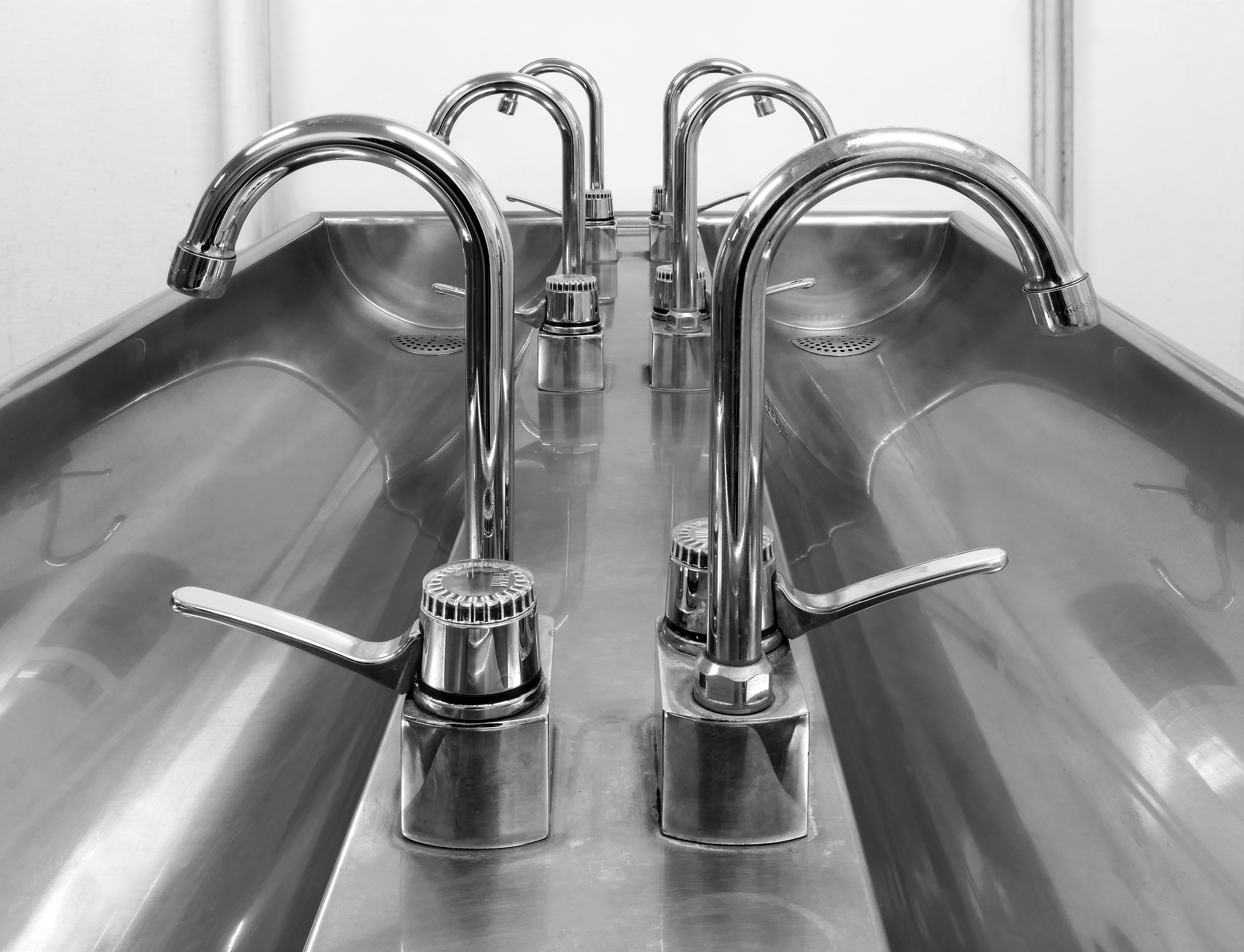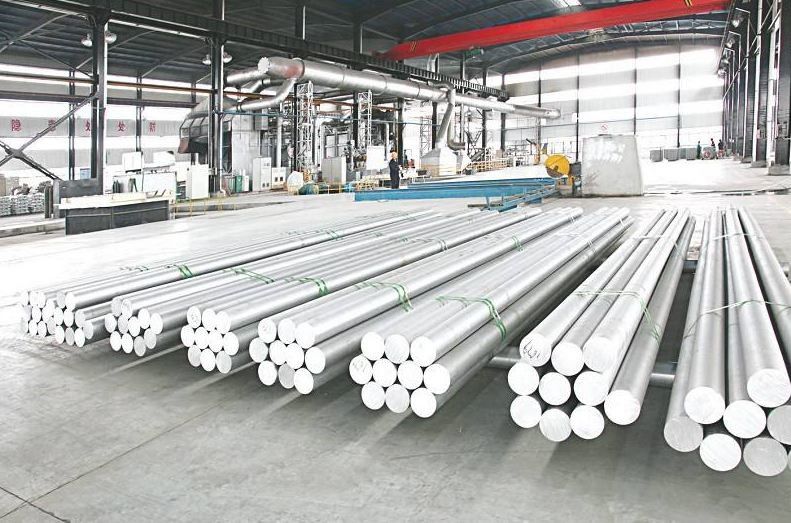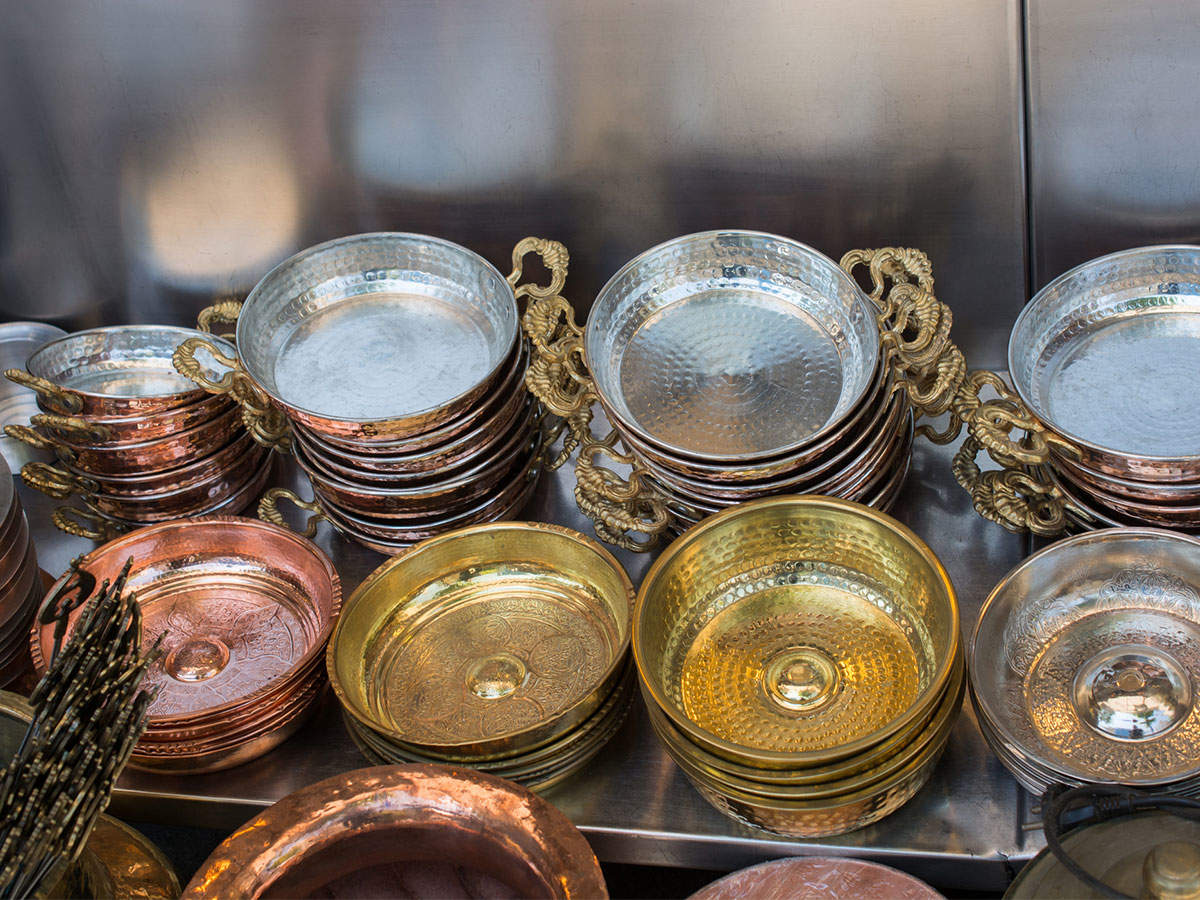Metals : The top 5 metals for cooking food
Cooking is an art, and the choice of cookware plays a pivotal role in mastering this craft. While various materials are available, the type of metal used significantly impacts the taste, texture, and overall quality of the dishes. In this exploration of culinary alchemy, we delve into the top 5 metals that stand out as exceptional choices for cooking food.
The top 5 metals for cooking food
1. Stainless Steel: A Timeless Classic
Stainless steel, an omnipresent material in kitchens worldwide, is highly valued for its outstanding attributes. Comprising a combination of iron, chromium, nickel, and assorted elements, this alloy provides durability, immunity to corrosion, and a contemporary, sophisticated aesthetic. Its inert characteristics guarantee the absence of any metallic flavor in your culinary creations, establishing it as a superb option for preparing a diverse array of dishes. Furthermore, stainless steel cookware exhibits consistent heat distribution, enhancing its adaptability for an array of cooking methods.

2. Copper: The Connoisseur’s Choice
Copper, often associated with gourmet cooking, is prized for its exceptional heat conductivity. This means that copper cookware responds quickly to temperature changes, providing precise control over the cooking process. Copper pans are ideal for tasks that demand precision, such as sautéing and simmering delicate sauces. Moreover, the natural antimicrobial properties of copper contribute to a cleaner cooking surface. However, regular maintenance is crucial to retain its lustrous appearance.

3. Cast Iron: The Workhorse of the Kitchen
In the realm of resilience, adaptability, and heat preservation, cast iron emerges as the star player. Renowned for its capacity to evenly retain and disperse heat, cast iron cookware excels in facilitating ideal conditions for both gradual simmering and frying. The seasoned surface of cast iron cookware develops a natural non-stick layer over time, reducing the need for excessive amounts of oil. From searing steaks to baking cornbread, a well-maintained cast iron pan can last for generations, making it an eco-friendly choice for the environmentally conscious chef.

4. Aluminum: Lightweight and Efficient
Aluminum is prized for its lightweight nature and efficient heat conduction. While pure aluminum cookware is prone to scratching and corrosion, anodized aluminum offers a durable and non-reactive alternative. Electrochemical treatment of aluminum through anodization forms a protective layer, enhancing its resistance to corrosion and safeguarding it against reactions with acidic or alkaline substances. Opting for aluminum cookware is a smart decision due to its capacity for rapid, uniform heating, making it ideal for activities such as boiling, frying, and baking.

5. Carbon Steel: The Asian Culinary Secret
Gaining widespread acclaim in Western households, carbon steel kitchenware boasts a rich history as an essential element in Asian culinary traditions over many centuries. Fusing the desirable attributes of both cast iron and stainless steel, this alloy, composed of iron and carbon, has become a go-to choice for cooking enthusiasts around the globe. Carbon steel pans are renowned for their quick heating, lightweight design, and natural non-stick properties when properly seasoned. They are favored in Asian cuisine for tasks like stir-frying due to their ability to withstand high heat and distribute it evenly. Regular seasoning and maintenance are essential to prevent rusting and ensure a long lifespan.

Conclusion:
In the fascinating journey of culinary discovery, the selection of metals for your cookware emerges as a pivotal determinant that has the potential to transcend your culinary creations from the mundane to the exceptional. Stainless steel, copper, cast iron, aluminum, and carbon steel constitute a diverse array of options, each contributing distinctive attributes to the culinary landscape, accommodating various cooking techniques and individual preferences. Whether you wield the expertise of a seasoned chef or embark on the culinary odyssey as an enthusiastic home cook, the judicious investment in high-quality cookware forged from these premium metals promises to metamorphose your gastronomic pursuits into a harmonious symphony of flavors and textures. Embrace the alchemy of cooking, and let these metals be your trusted companions in the creation of gastronomic delights.
READ MORE: WHAT IS BUTTON HEAD SCREWS , AND PROPERTIES , APPLICATIONS
READ MORE: How to start a new startup business on Deepawali 2023





